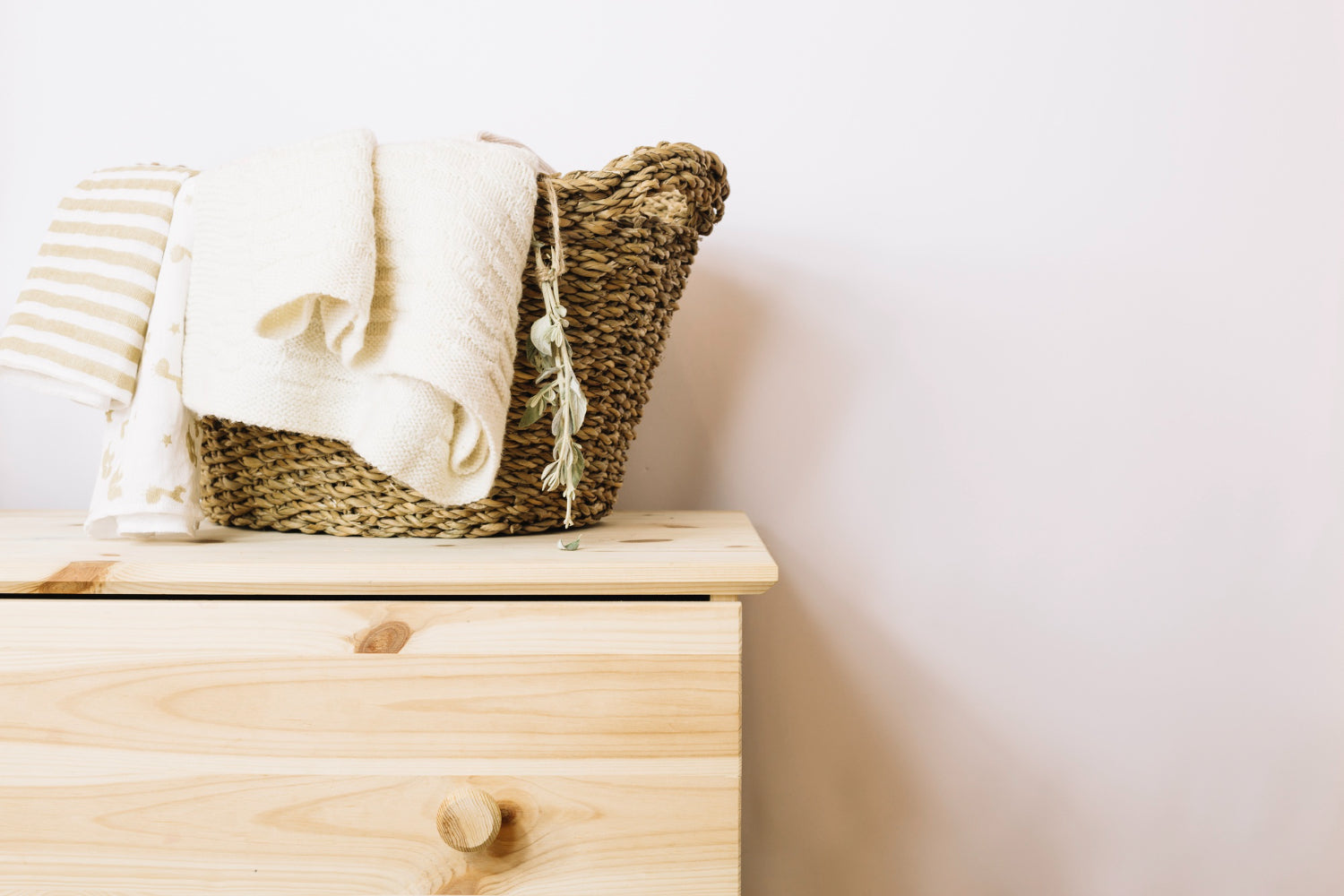When we talk about pollution, the first thing that comes to mind is the center of cities, full of cars, noise and smoke. However, there is another type of pollution that is almost as harmful: that of our own home.
Inside a home, it is estimated that air pollution levels are 10 times higher than outside air, according to the Environmental Protection Agency. Knowing that we spend more than 80% of our time at home, it is essential that we take care of the air in our homes.
Some culinary practices and cleaning tasks generate high levels of suspended particles and volatile chemicals that pollute the environment of our home, harming our health. In addition, this pollution does not stay at home but, when we ventilate, these elements escape to the outside, thus aggravating global air pollution.

What are the most polluting products?
Household pollution can have different origins. Here are some of the most common:
-
Home appliances.
Heating appliances, kitchens, ovens, stoves, etc., can release different pollutants such as carbon monoxide, nitrogen and sulfur oxides, formaldehyde , benzopyrene and particles. -
Construction materials and furniture.
Most buildings are built with materials that contain polluting elements that break down into smaller particles that can reach the lungs. The same happens with our furniture, since many toxic substances are used in the manufacture of many of them, such as benzene (paints), toluene (solvent) or formaldehyde (varnishes). -
Cleaning products, detergents and fabric softeners.
The products we use to clean our house and our clothes emit a large amount of toxic substances: phosphates, bleaching agents, parabens, synthetic fragrances, acrolein...
According to a European study published in 2018 by the ATS Journal , cleaning products can be as toxic to our lungs as cigarettes. These substances contain volatile organic compounds that can cause irritation to the respiratory system and skin, visual problems, hormonal or nervous system changes, and even increase the chances of suffering from cancer. -
Biological elements.
These elements are usually concentrated in dust, furniture, carpets, curtains, mattresses... and the most common are mites, mold, pollen and bacteria. Its presence can cause respiratory problems and eye irritation.
How to have a healthier home?

-
Ventilate.
We advise you to ventilate your house, not so that more oxygen enters (there is always enough) but to eliminate the chemical components that we have named above. Opening the windows for 10 minutes a day is enough to renew the air in the house. -
Avoid the use of chemical products.
Get rid of cleaners, air fresheners and insecticides that contain toxic elements in their composition and replace them with ecological materials: the more natural the better. -
Natural plants.
Incorporating natural plants into your home helps purify the air and remove harmful chemicals. The type of plant with the greatest capacity to absorb these compounds are ivy, ribbons and spatiphiles.
At Home Healthy Home we propose a radically ecological and healthy alternative that has a positive impact on our clothes, respect for the ecosystems and, most importantly, on our home and our health. Discover our laundry soaps, available in format liquid, to dilute or powder and our cleaning products.













